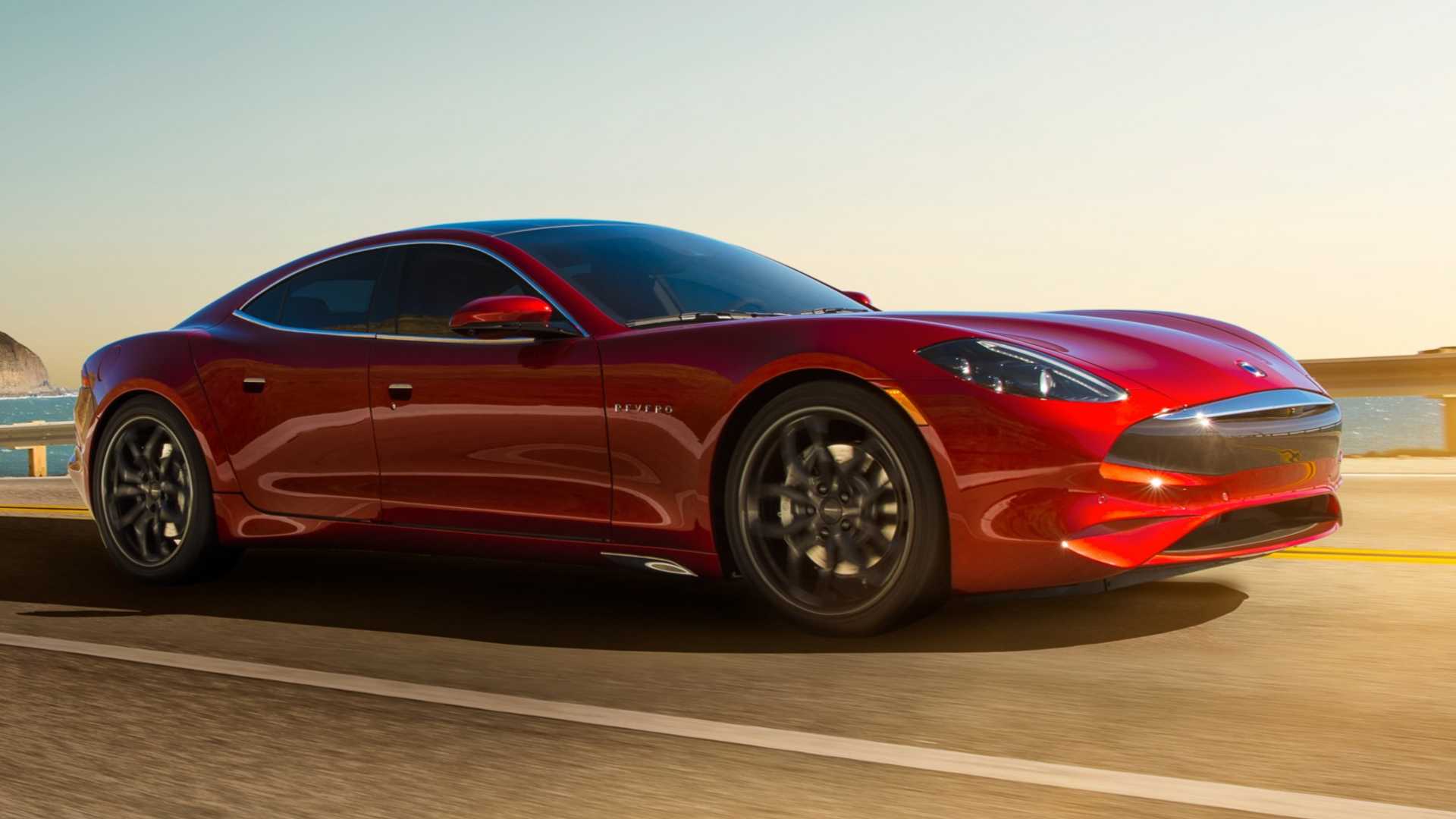Read The Full Article On: Investorplace
XPEV Stock Is Worth 45% to 50% More Based On Continued Non-Linear Growth In Sales And Earnings
By Mark R. Hake, CFA Dec 8, 2020, 6:01 am EST
Last month I wrote that XPeng (NASDAQ:XPEV) might be at a peak as a recently public Chinese electric vehicle (EV) maker. But I have changed my mind about XPEV stock after a closer look at the company, its momentum, and the industry. I believe it could be worth at least 45% to 50% more over the next year.

Source: Johnnie Rik / Shutterstock.com
XPeng, based in Guangzhou, China, designs and makes smart electric vehicles (EVs) and autonomous driving software systems. Its August IPO raised about $1.5 billion before expenses to accelerate its EV manufacturing. But there is much more upside in its future than I thought.
For example, XPEV stock has continued to rise. For example, today at $49.34 XPEV stock is up another $5.39 from Nov. 17 when my last article came out, when it was at $42.91.
That represents a gain of 12.5% and made me realize that I had to take another look at the company. I was wrong and I realized I needed to think a little deeper about what is propelling the stock and the industry in China.
Another reason is XPeng should be able to grow on a non-linear basis, just like Tesla(NASDAQ:TSLA) and Nio (NYSE:NIO) have in China. In other words, as EV adoption grows throughout the world and especially in China, XPeng will be able to grow on an exponential basis. This will mean building further plants and raising more capital if need be.
Capital Won’t Be An Issue
But I realized that XPeng won’t have any trouble raising capital as they grow. For one, Alibaba (NYSE:BABA) is a big shareholder and put $400 million in XPeng prior to its public listing.
Another reason is that as the stock rises, the company has more options to do a secondary offering and raise additional equity capital. This is what Tesla has done several times since it went public. For a short time after the capital raise period, the stock dips. But in general, it has kept climbing, despite the additional dilution.
XPeng will be able to do this as well. Right now, it has a $36.75 billion market capitalization. It has $2.1 billion or so in cash on its balance sheet but is losing money at a fast clip. It could easily afford to raise more capital.
For example, XPeng has not yet produced a cash flow statement. However, it lost $169 million in Q3 and I estimate its cash flow loss was about 150% of that amount or higher, at $250 million. That puts it on a cash burn rate of $1 billion a year. So, in less than a year, it might be below $1 billion in cash, even though sales are rising fast.
Even if it were to raise an additional $2 billion that would be only about 5.5% of its existing market cap. That is nothing, and XPEV stock would hardly be affected by the dilution.
What To Do With XPEV Stock
Last quarter XPeng reported surging sales and growth in EV adoption. For example, XPeng delivered 8,578 EVs during the quarter, up 266% over the prior year. That swelled revenue more than fourfold. So far this year, including October, it has delivered 17,117 EVs, up 64%.
Moreover, its quarter-over-quarter revenue grew 166% over the prior quarter to about $293 million. With this type of demand for its vehicles, the company is going to have exponential growth for the foreseeable future.
For example, analysts now estimate that $831 million in revenue for 2020, but more than doubling to $2.1 billion by the end of 2021. At this rate, the company will make over $4 billion in revenue by the end of 2022.
Therefore, at its present $36.75 billion market cap, XPEV stock is trading for 16x revenue for 2021 revenue and less than 10x for 2022.
Compare that to Nio stock. It has a $61.65 billion market cap, but sales estimated for 2021 of $4.6 billion. In other words, it is where XPeng will be by about 2022. That implies a $53.6 billion market cap for XPEV stock in about one year. This is 46% above its present $36.75 billion market cap.
In other words, XPEV stock will be worth about $72 in one year from now, up 46%, assuming its revenue growth rate continues to move exponentially higher.

